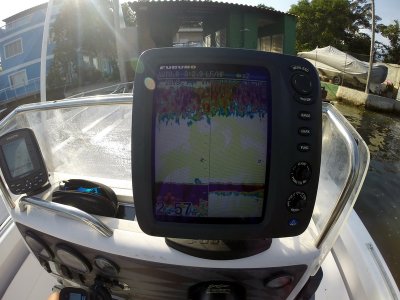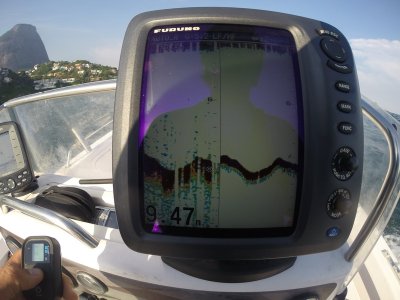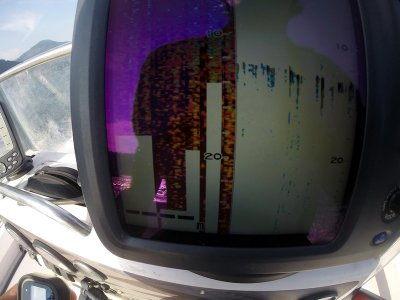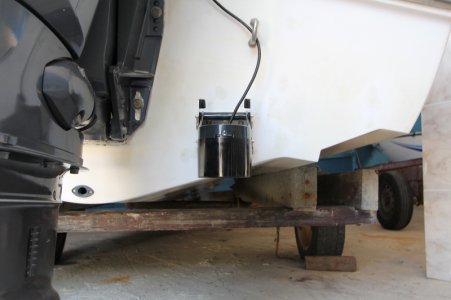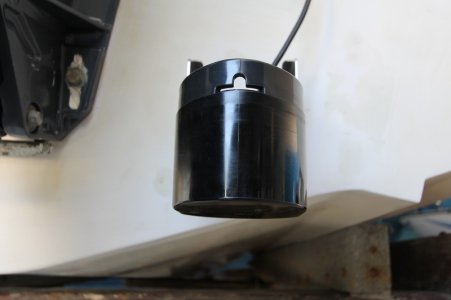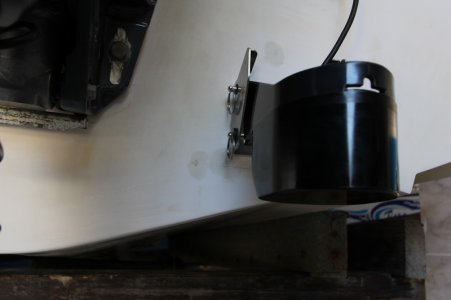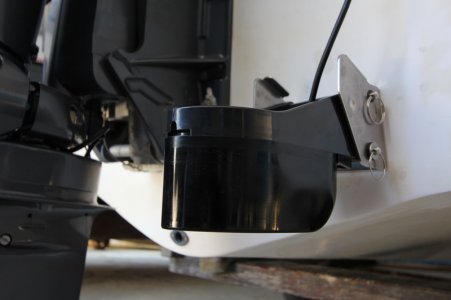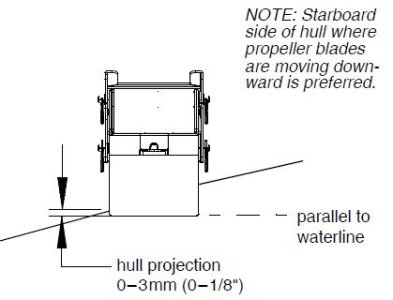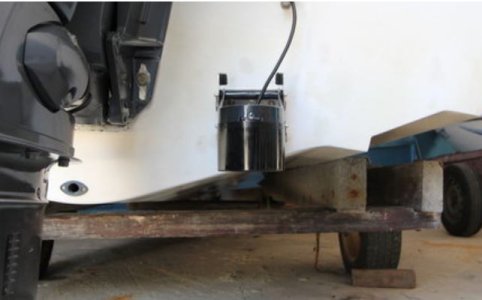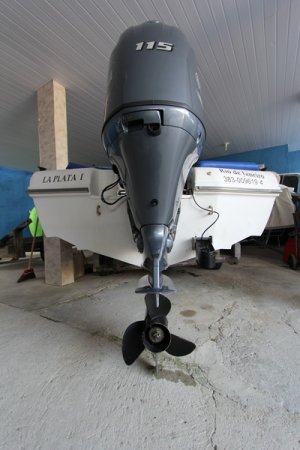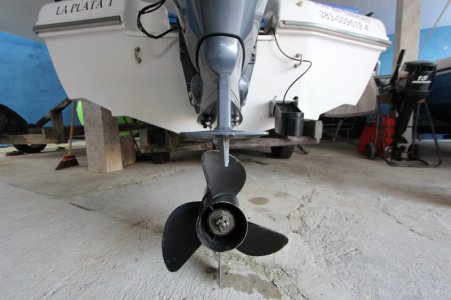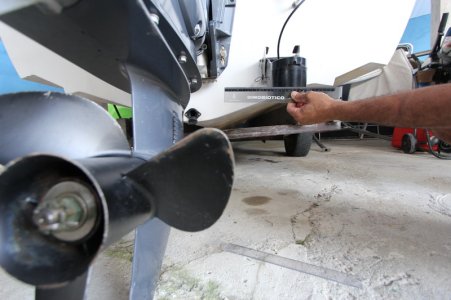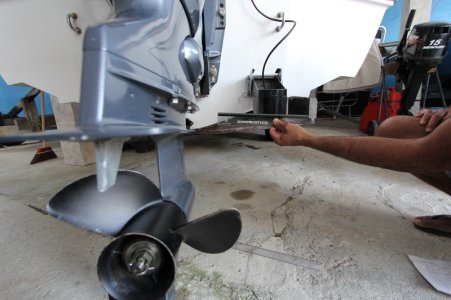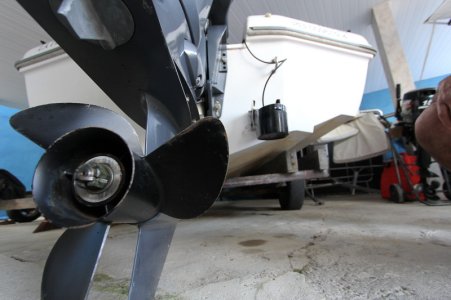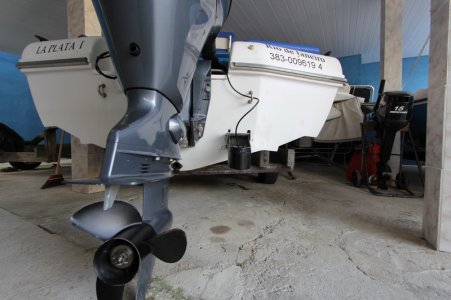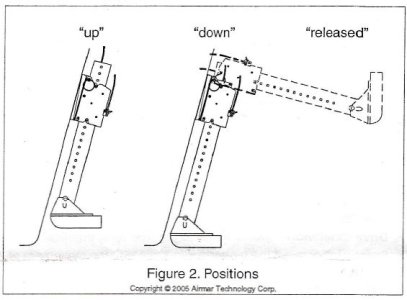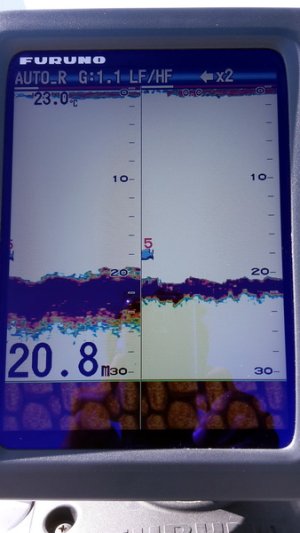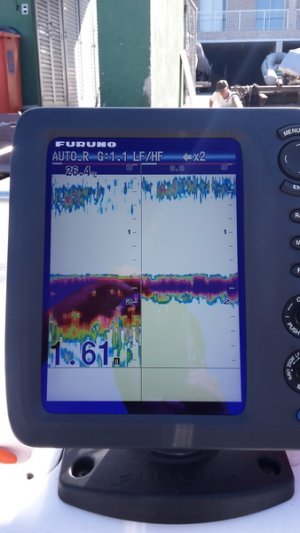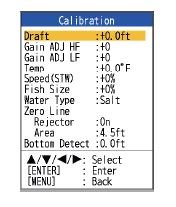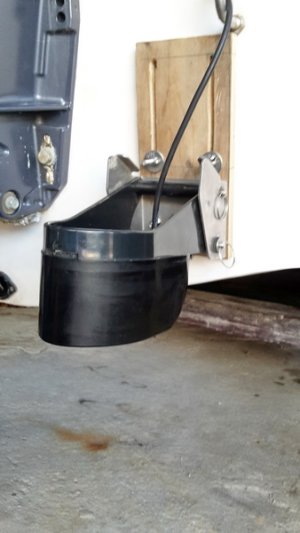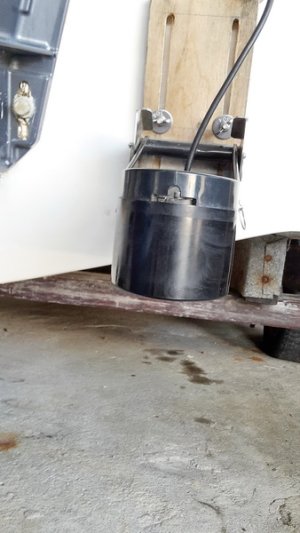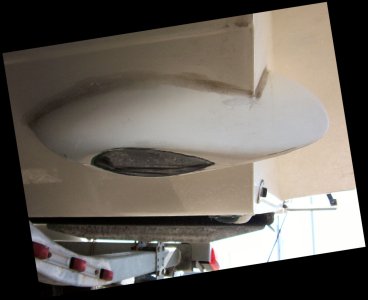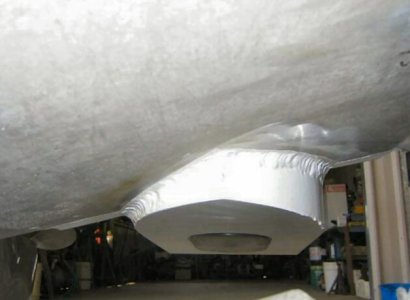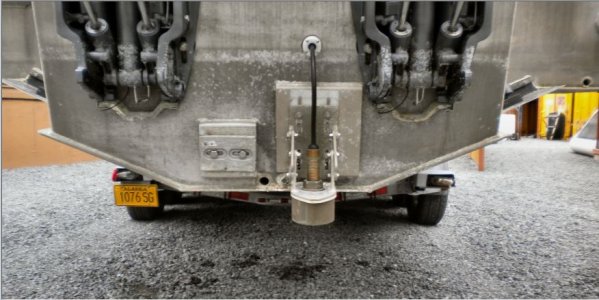Hi Gents,
I really need some expert help to set or rearrange my Furuno FCV 587 and Airmar TM260 kit. I have a 20ft ship, Yamaha 115HP, always fish in saltwater, between Rio de Janeiro islands and from 2 to 60 meters depth. I will list the problems bellow, the most important first and will include some pictures to illustrate some of them:
1) Mostly always lose the signal in shallow water (2 meters or so), near the rocks where I fish;
2) Many times lose the signal when the ship is note moving (stopped);
3) There is always an image noise in the upper side of the screen (see picture);
4) It usually lose the signal at more than 12 nautical miles/h;
5) Also TM260 produces a continuous sound noise, like “click, click, click, click”, at regular intervals, that I suppose it is normal (sonar sending signals?), but would like to be sure of that;
I usually use bottom discrimination and accurate fish set to on, but even putting them off, it happens the same problems.
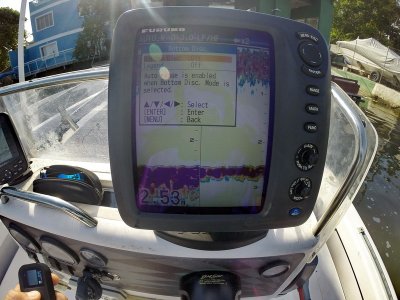
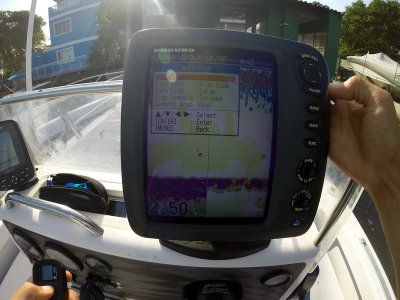
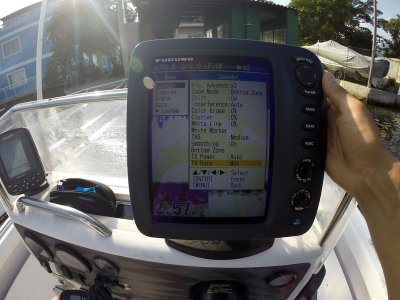
Please, any help to improve my kit?
Thank you, Daniel
I really need some expert help to set or rearrange my Furuno FCV 587 and Airmar TM260 kit. I have a 20ft ship, Yamaha 115HP, always fish in saltwater, between Rio de Janeiro islands and from 2 to 60 meters depth. I will list the problems bellow, the most important first and will include some pictures to illustrate some of them:
1) Mostly always lose the signal in shallow water (2 meters or so), near the rocks where I fish;
2) Many times lose the signal when the ship is note moving (stopped);
3) There is always an image noise in the upper side of the screen (see picture);
4) It usually lose the signal at more than 12 nautical miles/h;
5) Also TM260 produces a continuous sound noise, like “click, click, click, click”, at regular intervals, that I suppose it is normal (sonar sending signals?), but would like to be sure of that;
I usually use bottom discrimination and accurate fish set to on, but even putting them off, it happens the same problems.



Please, any help to improve my kit?
Thank you, Daniel


